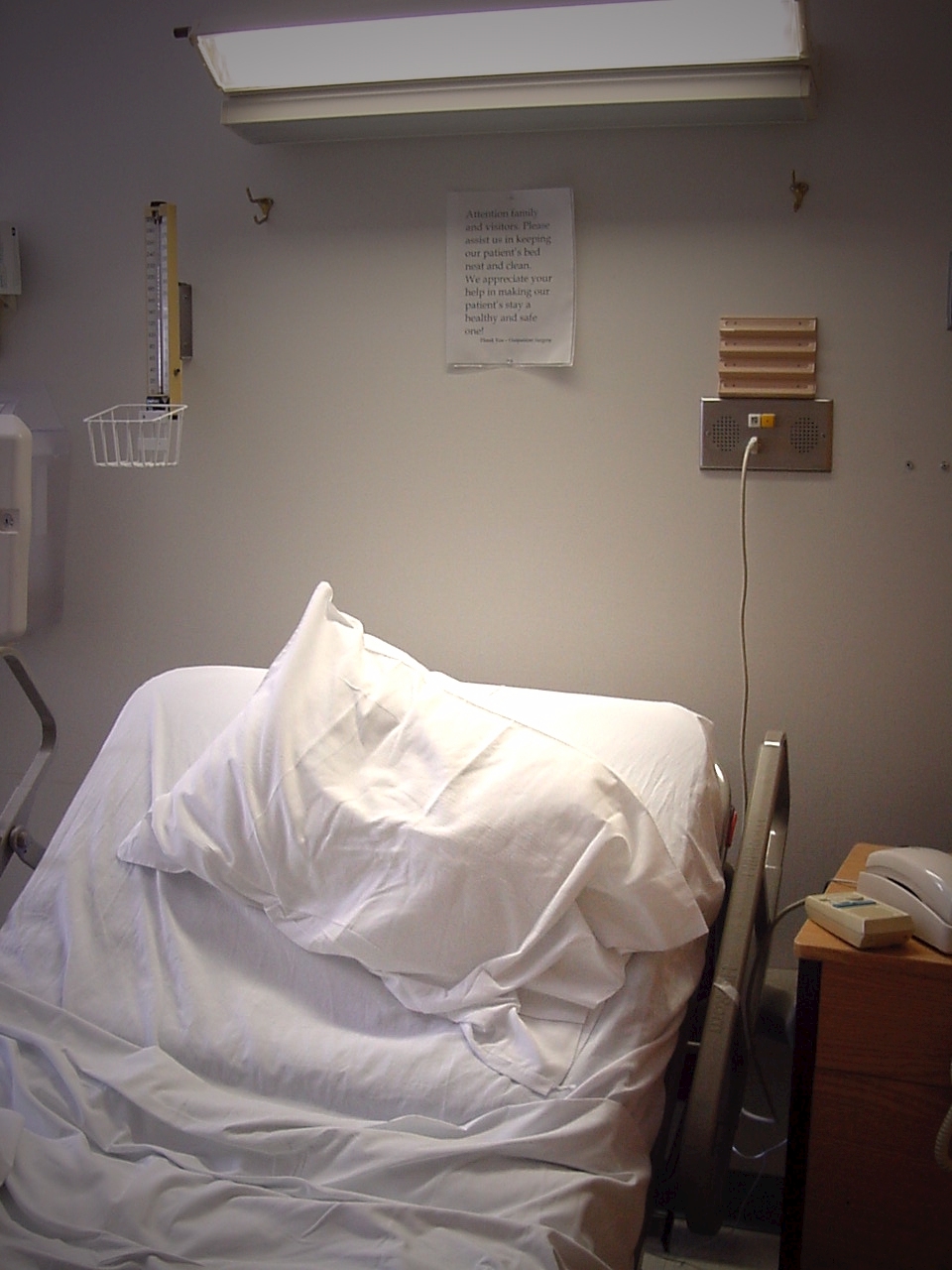
Three days after being discharged from hospital last February, Alfred Corry had a setback. The 88-year-old, who suffers from dementia and congestive heart failure, began hallucinating and breathing irregularly.
Olive Corry, his wife and primary caregiver, became alarmed, but instead of calling 911, she dialled a phone number written on a magnet on her fridge door. It was a 24-hour hotline number to a “virtual ward,†a new model of care being piloted in Toronto, aimed at helping medically complex patients like Alfred who are at high risk of hospital readmission.
A nurse came out to the Corry’s mid-Toronto home at 10 p.m. and attended to Alfred. She helped ease his symptoms, not to mention Olive’s anxiety. The home visit kept Alfred’s health from deteriorating and spared him from what could have been a long wait in an emergency room and another hospital admission.
In the previous few months, Olive had placed three panicky phone calls to 911 when Alfred suffered similar setbacks. Twice he was taken to the emergency department at the Toronto General Hospital and admitted. “It’s made all the difference. I don’t know what I would have done without the help,†Olive says. The virtual ward, sometimes referred to as a “hospital without walls,†takes the best elements of hospital care and transfers them into the community: 24/7 access, an interdisciplinary team, a single point of contact and a single patient chart. The team includes doctors, nurses, care coordinators, a nurse practitioner and a pharmacist.
They gather daily at 8:30 a.m. at Women’s College Hospital for “rounds,†just as they would if treating in-patients. They discuss treatment plans for patients on their caseload — about 40 at any given time — visiting them as needed and addressing problems before they become serious enough to warrant a trip back to the ER. They coordinate services with a patient’s family doctor, review medication regimens and help arrange appointments for services such as blood tests.
The project is particularly novel because of its collaborative design. Not only does it involve health-care workers from different professions, but from different organizations as well. The virtual ward is a collaboration between St. Michael’s Hospital, Women’s College Hospital and the Toronto Central Community Care Access Centre, which organizes home care in the city. Soon to join it are the University Health Network and Sunnybrook Health Sciences Centre. “The fact that this is one team that supports clients from different hospitals is quite remarkable,†says Stacey Daub, CEO of the Toronto Central CCAC.
In Ontario’s notoriously siloed health-care system, this level of integration is unusual, which is why so many patients fall through the cracks. Hospitals around the world struggle with avoidable readmissions and in Toronto, more than a third of patients discharged from internal medicine wards are readmitted within 90 days. “One of the most frustrating things about practising in-patient medicine is we take care of patients, then we discharge them into this sort of void sometimes.
We don’t really know what will happen to them afterwards,†explains Dr. Irfan Dhalla, a general internist at St. Michael’s Hospital and founder of the virtual ward. The day that patients are discharged from hospital, they are “admitted†to the virtual ward. For up to two months, they receive a high level of care, ensuring a safe transition back home. Dhalla got the idea three years ago while doing a master’s in health policy in England where he heard about a similar project at a local hospital.
Toronto’s virtual ward has already generated interest around the world. Health policy-makers from across Canada, the United Kingdom, the United States and Singapore have visited Toronto to see how it works. The project started just over a year ago and will continue into late 2012. Its impact in reducing readmission rates won’t be known until then.
While it is still a work in progress, it is already showing great promise. “Everyone on the team can tell you stories about patients who would have likely fallen between the cracks and ended up back in hospital without the virtual ward,†Dhalla says.
Find more information on Virtual Wards visit the University of Toronto's Division of General Internal Medicine, or ClinicalTrials.gov.
This article was originally published here.
